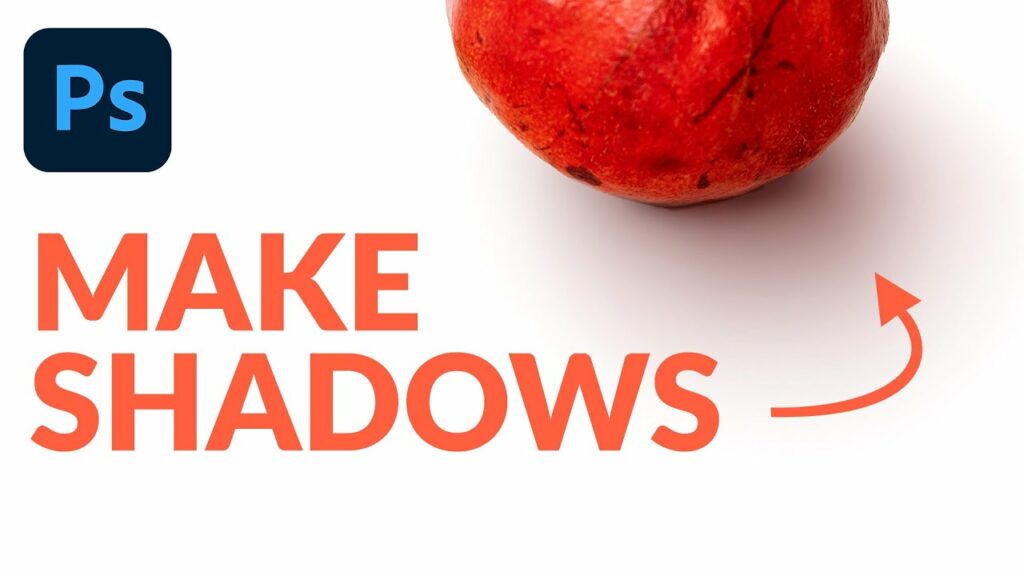Crafting Realistic Shadows in Photoshop: A Comprehensive Guide to Elevate Your Digital Artistry

Introduction:
In the realm of digital image editing, the ability to create realistic shadows is a skill that elevates the quality and believability of compositions. Shadows play a crucial role in grounding elements, defining spatial relationships, and adding depth to images. This comprehensive guide will take you through an exhaustive journey on how to make realistic shadows in Photoshop, providing you with a detailed exploration of techniques, methods, and professional tips to achieve authentic shadow effects in your digital artworks.
Table of Contents:
- Understanding the Importance of Realistic Shadows:
- a. Shadows as Anchors in Visual Compositions
- b. Conveying Depth and Dimension
- c. Enhancing Realism and Believability
- Choosing the Right Image for Shadow Integration:
- a. Assessing Lighting Conditions in the Original Photo
- b. Identifying Elements that Require Realistic Shadows
- c. Considering Perspective and Ambient Light Sources
- Essential Preparations for Realistic Shadows in Photoshop:
- a. Organizing Layers for Non-Destructive Editing
- b. Familiarizing Yourself with Shadow Creation Tools and Panels
- c. Setting Up a Clear Workspace for Efficient Editing
- Basic Techniques for Creating Shadows:
- a. Utilizing the Brush Tool for Manual Shadow Application
- b. Applying Layer Masks for Precise Shadow Placement
- c. Adjusting Opacity and Blur for Subtle Shadow Effects
- Advanced Shadow Creation Methods:
- a. Embracing Gradient and Gradient Mesh Tools
- b. Incorporating Custom Brushes for Varied Shadow Textures
- c. Exploring Blend Modes and Layer Styles for Realism
- Simulating Realistic Lighting Conditions:
- a. Analyzing Directional Light Sources
- b. Adjusting Shadow Colors for Ambient Light
- c. Mimicking Soft and Hard Shadows Based on Scene Dynamics
- Integrating Shadows with Different Surface Types:
- a. Creating Shadows on Textured Surfaces
- b. Addressing Reflections and Refractions in Glass or Water
- c. Adjusting Shadow Intensity for Different Material Properties
- Fine-Tuning for Consistency and Cohesion:
- a. Matching Shadow Angles and Lengths
- b. Blending Shadows Seamlessly with the Background
- c. Adjusting Perspective for Elements in Foreground and Background
- Adding Dynamic Shadows for Movement Effects:
- a. Simulating Motion Blur in Shadow Elements
- b. Implementing Shadows for Moving Objects
- c. Enhancing Depth and Dynamics with Dynamic Shadows
- Troubleshooting Common Challenges:
- a. Dealing with Overly Harsh or Unnatural Shadows
- b. Addressing Inconsistencies in Lighting
- c. Achieving Realistic Shadow Transitions
- Saving and Exporting Images with Realistic Shadows:
- a. Choosing the Right File Format for Different Platforms
- b. Optimizing Images for Web or Print
- c. Preserving Layers for Future Adjustments
- Inspirational Examples and Case Studies:
- a. Showcasing Before and After Shadow Applications
- b. Breakdowns of Notable Realistic Shadow Challenges
- c. Exploring Different Styles and Approaches in Shadow Artistry
Conclusion:
Mastering the creation of realistic shadows in Photoshop is a transformative skill that enhances the impact and authenticity of your digital artworks. This comprehensive guide has provided you with a wealth of knowledge and tools to elevate your shadow creation techniques. As you delve into the intricate world of digital shadows, remember that practice, experimentation, and a keen eye for detail are the keys to achieving truly convincing results. So, embark on your journey of shadow artistry in Photoshop and let your digital creations cast a captivating play of light and shadow.







